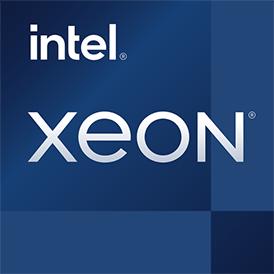 Estimated results for PassMark CPU Mark
Estimated results for PassMark CPU Mark
|
|
Intel Core i7-10700KF
8C 16T @ 3.8 GHz
|
19094
|
|
|
Intel Xeon E-2236
6C 6T @ 3.4 GHz
|
14229
|
 Geekbench 5, 64bit (Multi-Core)
Geekbench 5, 64bit (Multi-Core)
|
|
Intel Core i7-10700KF
8C 16T @ 3.8 GHz
|
9268
|
|
|
Intel Xeon E-2236
6C 6T @ 3.4 GHz
|
7027
|
 Geekbench 6 (Multi-Core)
Geekbench 6 (Multi-Core)
|
|
Intel Core i7-10700KF
8C 16T @ 3.8 GHz
|
8629
|
|
|
Intel Xeon E-2236
6C 6T @ 3.4 GHz
|
6795
|
 Cinebench R20 (Multi-Core)
Cinebench R20 (Multi-Core)
|
|
Intel Core i7-10700KF
8C 16T @ 3.8 GHz
|
5292
|
|
|
Intel Xeon E-2236
6C 6T @ 3.4 GHz
|
2407
|
 Cinebench R15 (Multi-Core)
Cinebench R15 (Multi-Core)
|
|
Intel Core i7-10700KF
8C 16T @ 3.8 GHz
|
2344
|
|
|
Intel Xeon E-2236
6C 6T @ 3.4 GHz
|
987
|
 Geekbench 6 (Single-Core)
Geekbench 6 (Single-Core)
|
|
Intel Xeon E-2236
6C 6T @ 3.4 GHz
|
1641
|
|
|
Intel Core i7-10700KF
8C 16T @ 3.8 GHz
|
1636
|
 Geekbench 5, 64bit (Single-Core)
Geekbench 5, 64bit (Single-Core)
|
|
Intel Xeon E-2236
6C 6T @ 3.4 GHz
|
1396
|
|
|
Intel Core i7-10700KF
8C 16T @ 3.8 GHz
|
1347
|
 Cinebench R20 (Single-Core)
Cinebench R20 (Single-Core)
|
|
Intel Core i7-10700KF
8C 16T @ 3.8 GHz
|
524
|
|
|
Intel Xeon E-2236
6C 6T @ 3.4 GHz
|
471
|

